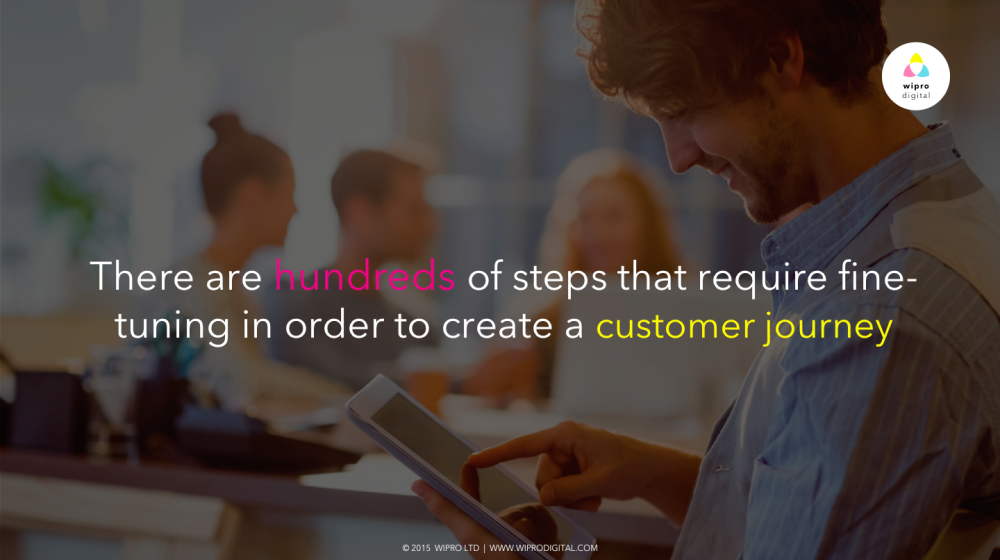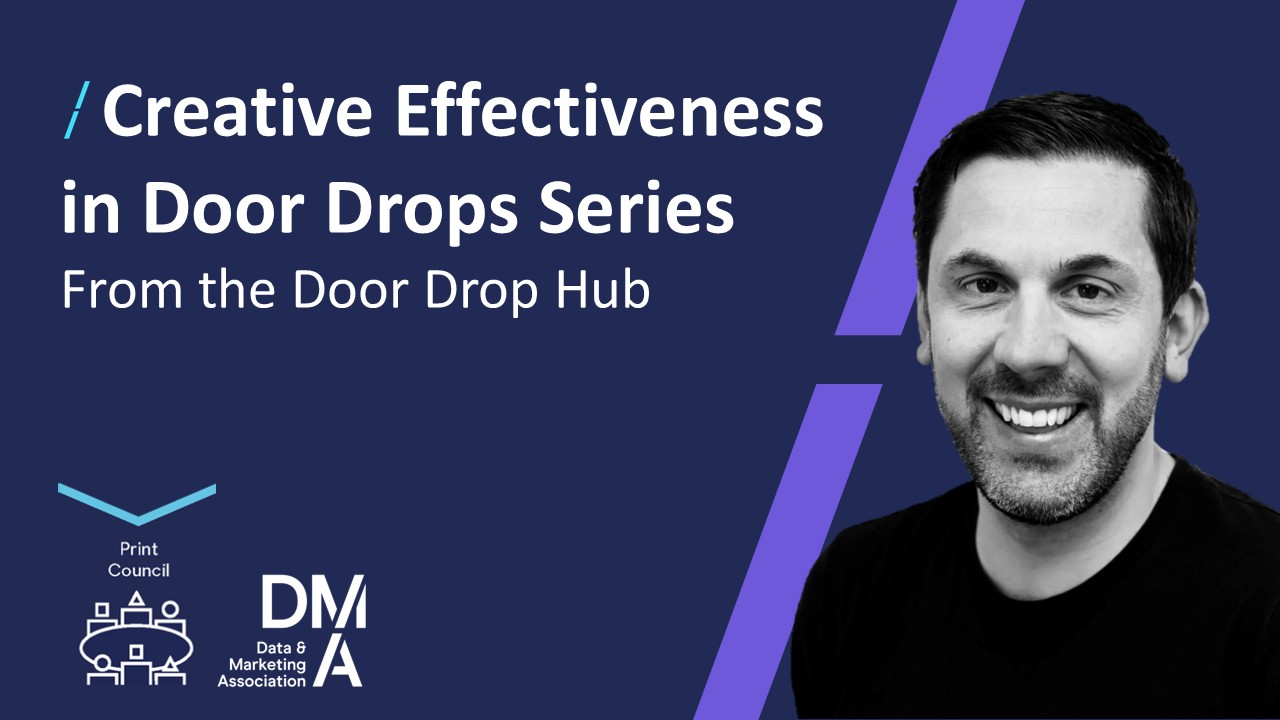Collaboration In Digital Transformation
23 Jul 2015

by Georgios Achillias
Director of Strategy, Wipro Digital
@Thibetian
Why do some companies seem to rely on their brand as a sole and key value, while others are praised in the headlines, for all the right reasons? Why do some companies look like they’re stuck in the past while others are shaping the way to the future?
In today’s world, one of the most frequently used buzzwords is “transformation.” Everybody has a plan to transform his business and big companies are setting the stage for consumer-oriented and digitized ways of interacting with customers and delivering services and products.
The increasing trend of focusing on changing, improving and radically transforming business denotes a growing awareness about how society has been evolving and is impacted by innovation coming from areas like technology and digital. This is something good and prosperous, but only if it takes place the right way.
Larger companies are used to spending far too much time planning. Traditionally, they plan and execute in a rigid, old-fashioned, linear way with a runway of 18-24 months ahead of implementation. Unwittingly, they create an oxymoron: a really expensive strategy, developed in the past, and scheduled for a future implementation. It’s not uncommon when the moment of truth finally arrives - that is, implementation - that tools and approaches are already outdated. In our fast paced time, everything has to be adaptive and agile, easy to absorb, able to efficiently deliver prototypes, and ready to be implemented in really short time frames. Change is a fast paced process that needs a constant “probe to fail” attitude and the understanding that fast incremental changes are more effective than a slow transformation structured on an insufficient awareness of constantly changing contexts.
Digital transformation might be the most ambitious project for most companies today, and their biggest challenge. Transforming business and the customer experience, understanding how customer drop-offs actually happen and how “well-designed on paper” customer journeys fail, is a tango that takes two: the brand and customers.
Collaboration is needed, in-depth research becomes mandatory, internal and external conversation and dialogues are required, and an ability to listen to user and business needs is crucial. Transformation is a process that happens here and now, through a constant iteration and interaction between brand and customer. There’s no silver bullet but hundreds of small steps that require deft fine-tuning in order to create a truly great customer journey: frictionless, without drop-offs, and exciting, enhancing engagement.
And all these steps need a lean approach so they can be adjusted if necessary - in real time, in response to possibly changing strategies and in sync with environmental and context changes. Additionally, the impacts must be readily measured to ensure that each step is not only correct but the best performing possible. To achieve that agile way of working, an adaptive digital cell is necessary.
Cells help organizations run digital audits fast and in-depth so that companies can start doing things better, differently and quickly. Cells ensure that digital transformation is not just another word, but a living, fast paced approach that helps an organization get lean, get fast and finally, gain the competitive edge.
Originally posted via Wipro Digital




1.png)

Please login to comment.
Comments